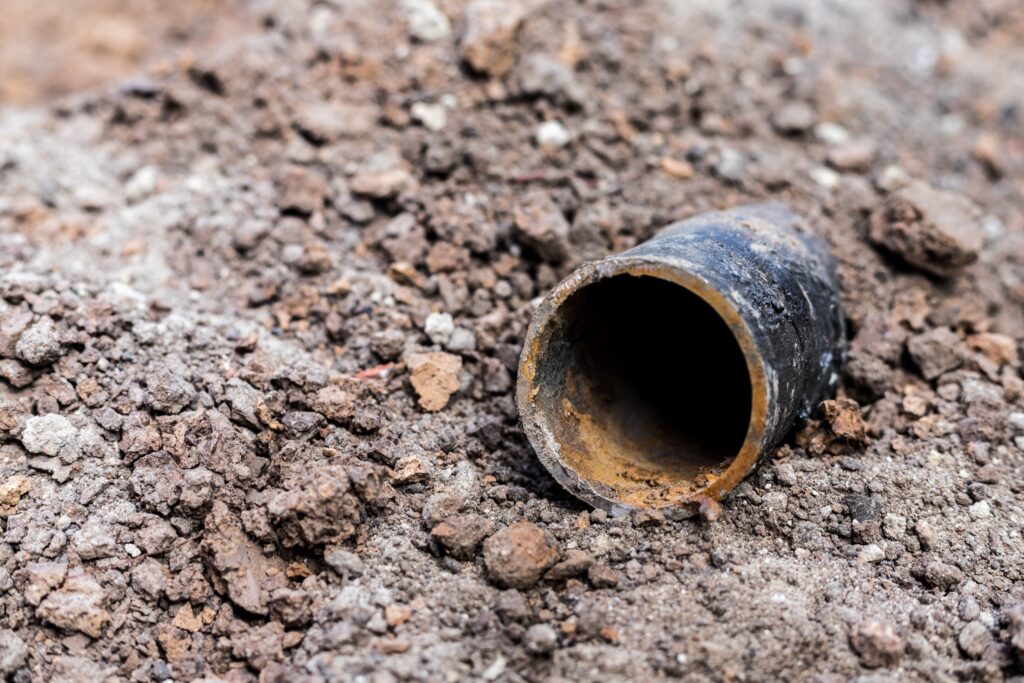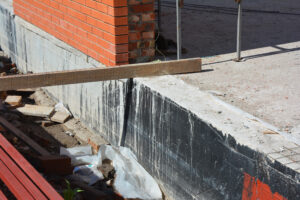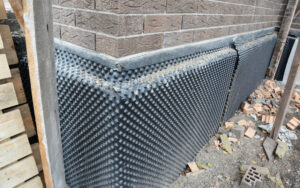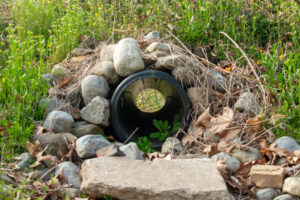French drains have obvious usefulness in addressing certain drainage issues. By directing unwanted rainwater out of your property, they prevent basement flooding, intercept groundwater, and keep gardens lush. However, they have limitations, such as being hampered by clay soil or strong rainfall. Because sediments and root blockage might pose a hazard, this water management system depends significantly on appropriate installation. This post discusses the potential benefits and pitfalls of French drains to strike a balance between carefully installing and choosing appropriate applications for the right terrain.
Efficient water diversion
These trench-like systems buried beneath the surface, work their magic through a simple yet ingenious trick of creating a path of the least resistance to water. Their secret lies in a layer of permeable gravel surrounding a perforated pipe.

French Drains are efficient at water diversion
This layer welcomes unwanted water from saturated soil or overflowing surfaces, filtering out debris while the pipe, like a thirsty straw, collects it all. Gravity then steps in, pulling the captured water along the downward slope of the pipe and directing it to a safer location, like a dry well or storm sewer. By offering a more convenient exit than the soil itself, French drains effectively siphon off excess water, leaving you with a drier, happier landscape or protected foundation.
- Enhances landscape water runoff
French drains serve as underground masters, silently handling your landscape’s moisture problems. Consider a gravel trench cradling a perforated pipe, where surplus water seeps into the gravel and is lured into the pipe’s perforations. The pipe, like a hidden tube, whisks this undesired water away from your property, eliminating pools and mud baths. It creates a healthier, happier landscape because there is no more wet grass fighting to breathe or erosion-cutting gullies. French drains, the quiet guardians of your environment, work diligently to keep the water flowing properly, leaving you with a healthy paradise. - Reduces basement flooding
French drains prevent basements from flooding using gravel that filters excess rainwater. It then channels it through the pipe to a ditch, storm drain, or even a sump pump. This mild tug keeps the earth surrounding your foundation dry, lowers the water table, and relieves strain on the basement walls. The end result is a healthier, drier basement, free of the wet siege of increasing groundwater. In essence, French drains transform into courageous water management masters, keeping your basement dry. - Gravity-powered drainage
These gravel-filled trenches, work their magic through the simple elegance of gravity. When water pools around the foundation, it threatens its structural integrity over time. The drain can disrupt this occurrence when strategically placed alongside the foundation. Water seeps into the gravel, drawn by its natural gravitational pull. This porous path bypasses the soil and funnels the water away from your precious foundation. Like a silent guardian, the French drain, powered by gravity alone, keeps your home safe and dry by siphoning every drop. - Long-lasting durability
Unlike many waterproofing solutions, French drains require no finicky pumps or membranes prone to tears. Instead, they rely on gravity, a force that always remains constant. Water drawn towards the gravel channels trickles effortlessly down perforated pipes, whisked away before it has the ability to permeate the soil, threatening foundations. It offers passive elegance that translates to remarkable lifespans for decades. With little upkeep other than the occasional clearing of leaves or debris, French drains remain vigilant, their silent persistence keeping basements dry for generations.
How to overcome the drawbacks
French drains offer excellent drainage solutions, but like any system, they have drawbacks. The issue of clogging can be dealt with using a filter fabric around the gravel to prevent soil intrusion. Regularly flush the system with a hose to clear debris buildup. For stubborn clogs, consider professional hydro-jetting. While relatively low-maintenance, French drains still need occasional attention. Check for surface depressions or sinkholes, indicating potential settling or clogging. Regularly clear leaves and debris from drain inlets. A poorly designed or installed system can be ineffective, even detrimental. Ensure proper slope for water flow, and choose the right gravel size and filter fabric for your soil type. Consult a professional landscaper for complex drainage needs.
While French drains can be undeniably effective for tackling specific drainage woes, their success hinges on thorough assessment and proper installation. From controlling soil type and slope to choosing the right pipe and ensuring appropriate maintenance, each step matters. While not a catch-all, a strategically designed and meticulously implemented French drain can become a reliable guardian against water woes, protecting your property and promoting a healthy landscape. However, remember, a comprehensive understanding of your unique drainage challenges is crucial before embarking on this subterranean solution.



